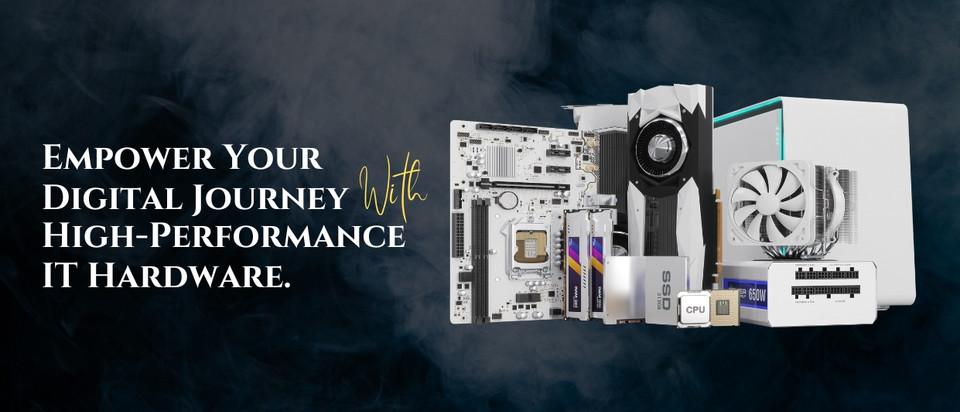Unlocking the Power of Pixels: What You Should Know About Video Memory

Ever wonder how your favorite video game runs so smoothly or how 3D rendering apps handle complex scenes? The answer lies in a critical component inside your graphics card — video memory. Though often overshadowed by CPU or RAM specs, video memory plays a key role in delivering high-quality visuals and performance.
What Is Video Memory?
Video memory, also known as VRAM (Video Random Access Memory), is a special type of memory used by your GPU (Graphics Processing Unit) to store image data and textures. Unlike your system's RAM, video memory is dedicated exclusively to graphics tasks. It holds frame buffers, shaders, textures, and 3D models — essentially all the visual data required to render images quickly and smoothly on your screen.
Why Does Video Memory Matter?
The amount of video memory you have directly affects your device's ability to handle high-resolution content. For gamers, more VRAM means the ability to play AAA titles in ultra settings without lag. For digital artists or video editors, it enables smoother previews and faster render times.
Imagine editing 4K video footage. Your GPU needs to load and process huge amounts of image data rapidly. If your video memory is too small, the system has to rely on slower system RAM or even the hard drive, resulting in performance drops and visual glitches.
This is where video memory becomes especially important. It acts like a staging area for the GPU, making sure the right data is accessible without delay.
How Much VRAM Do You Really Need?
While casual users and office workers can get by with integrated graphics and minimal VRAM, gamers and creative professionals need more. For Full HD gaming, 4GB to 6GB of VRAM may suffice. For 1440p or 4K gaming, 8GB or more is often recommended. High-end tasks like 3D modeling or machine learning may require even greater capacities.
Final Thoughts: The Balance Between Power and Purpose
When choosing a graphics card, don’t overlook video memory. It’s not just about how fast the GPU can crunch numbers, but how effectively it can access and store visual data. While more VRAM doesn’t always mean better performance, having too little can create serious bottlenecks.
So whether you're a gamer, content creator, or just someone who appreciates buttery-smooth visuals, understanding and choosing the right amount of video memory is key to maximizing your system's potential.
- Vibnix Blog
- Politics
- News
- Liberia News
- Entertainment
- Technology
- Education
- Art
- Causes
- Crafts
- Dance
- Drinks
- Film
- Fitness
- Food
- Games
- Gardening
- Health
- Home
- Literature
- Music
- Networking
- Other
- Party
- Religion
- Shopping
- Sports
- Theater
- Wellness



